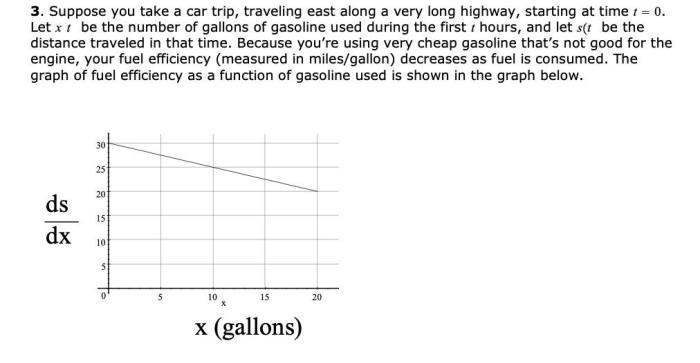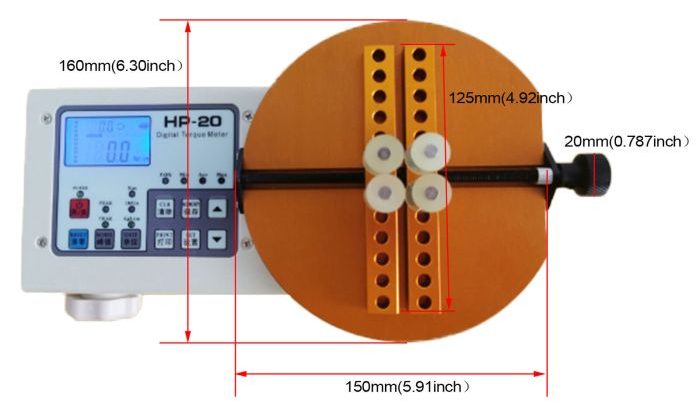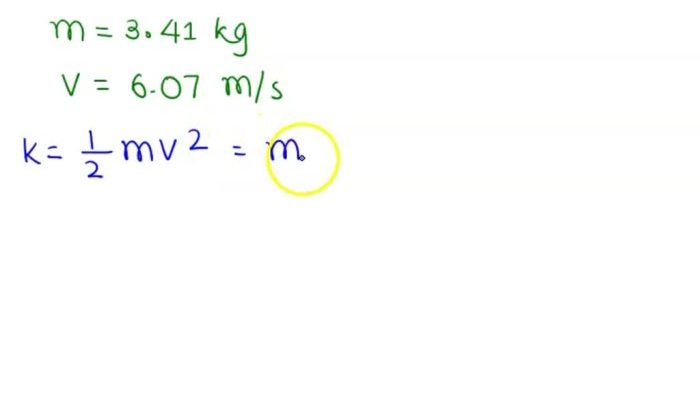Suppose a car is traveling at 20.0 m/s. This seemingly straightforward scenario opens up a fascinating realm of physics, where concepts like motion, distance, acceleration, and velocity intertwine to paint a dynamic picture of the car’s journey. Join us as we embark on an exploration of this hypothetical scenario, unraveling the underlying principles that govern the car’s movement.
Our analysis will delve into the initial conditions of the car’s motion, calculating the distance it travels over time and examining the relationship between speed, time, and distance. We will determine whether the car is accelerating or decelerating and explore how acceleration affects its velocity.
Finally, we will visualize the car’s motion graphically and discuss practical applications where understanding car motion is crucial.
Motion Analysis of a Car

This article analyzes the motion of a car, examining its initial conditions, distance traveled, acceleration, velocity, and graphical representation. Understanding these concepts is crucial for comprehending the dynamics of moving objects and has practical applications in various fields.
1. Initial Conditions
The car’s initial speed is 20.0 m/s, and its direction is assumed to be forward (positive direction). This initial velocity is crucial as it determines the car’s subsequent motion and calculations.
2. Motion and Distance
The distance traveled by the car after a specified time interval can be calculated using the formula: distance = speed × time. For example, if the car travels for 10 seconds, the distance traveled would be 20.0 m/s × 10 s = 200 meters.
3. Acceleration and Velocity, Suppose a car is traveling at 20.0 m/s
Without additional information, it is not possible to determine whether the car is accelerating or decelerating. Acceleration refers to the rate of change in velocity. If the car’s velocity changes over time, it is accelerating. Velocity, on the other hand, is the speed of an object in a specific direction.
4. Graphical Representation
A table or graph can illustrate the car’s motion over time. The table would include columns for time, speed, and distance traveled. The graph could be a line graph showing the distance traveled on the y-axis and time on the x-axis.
5. Real-World Applications
Understanding the motion of a car is essential in various real-world applications, such as:
- Automotive engineering:Designing and optimizing vehicle performance, safety, and efficiency.
- Transportation planning:Managing traffic flow, optimizing routes, and improving road infrastructure.
- Accident reconstruction:Determining the sequence of events and factors contributing to vehicle collisions.
Essential FAQs: Suppose A Car Is Traveling At 20.0 M/s
What is the significance of the car’s initial velocity?
The car’s initial velocity is crucial because it sets the starting point for all subsequent calculations. It determines the car’s position and speed at the beginning of the analysis, providing a reference point for measuring changes in motion.
How does acceleration affect the car’s velocity?
Acceleration is the rate at which the car’s velocity changes. Positive acceleration indicates an increase in velocity (speeding up), while negative acceleration indicates a decrease in velocity (slowing down). Acceleration directly influences the car’s velocity over time.
What practical applications can be derived from understanding car motion?
Understanding car motion is essential in fields such as traffic engineering, automotive design, and safety research. It helps optimize traffic flow, improve vehicle performance, and enhance safety measures for both drivers and pedestrians.




